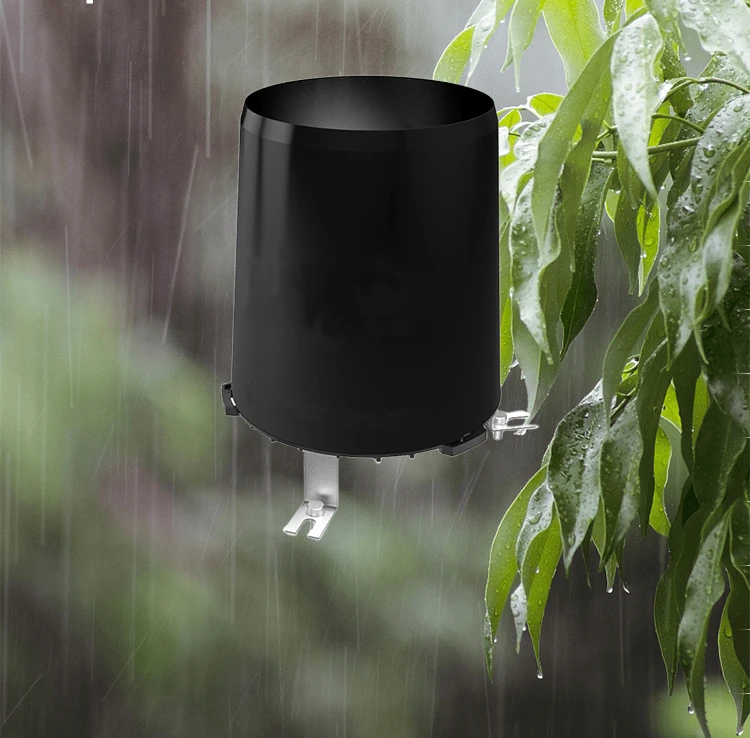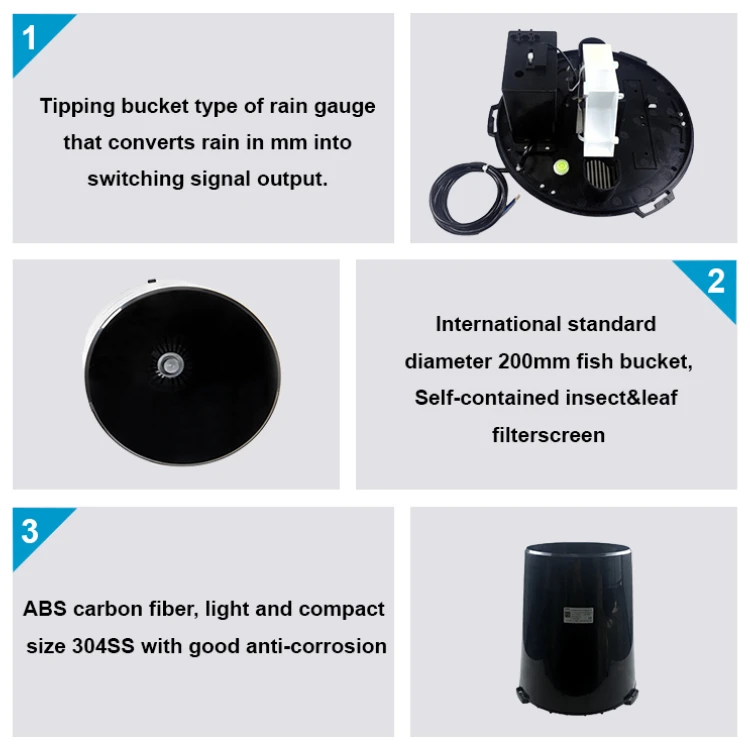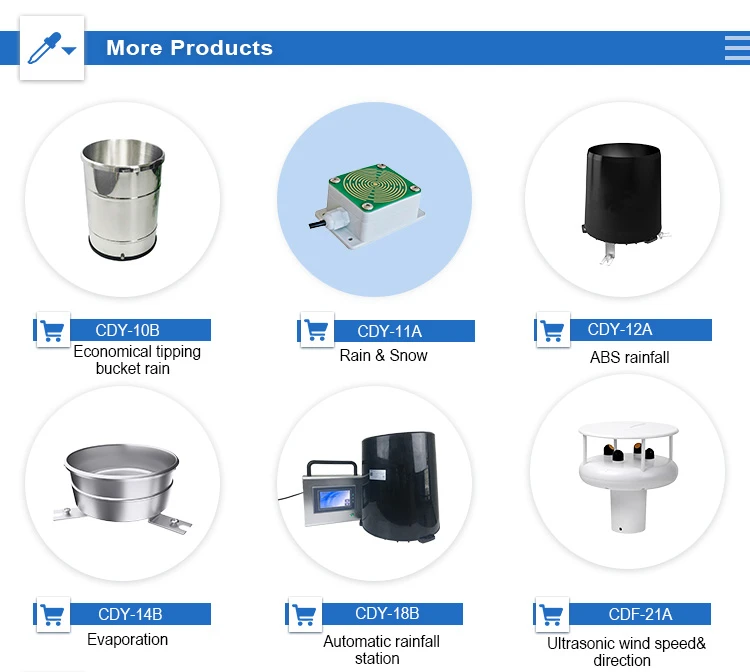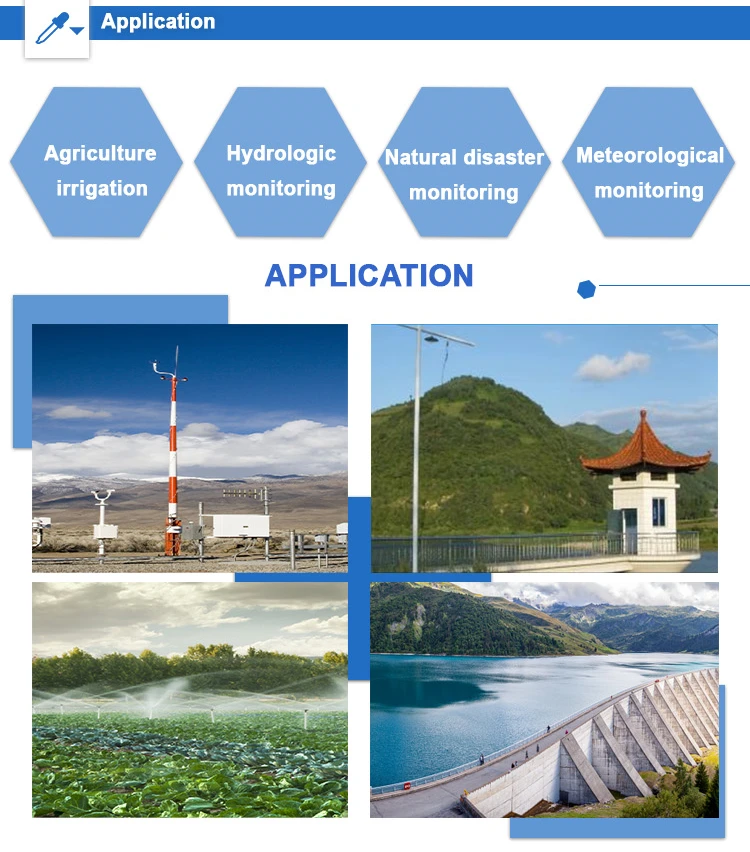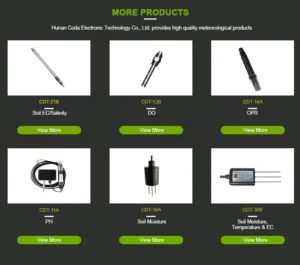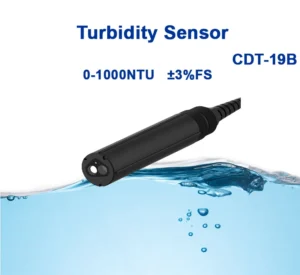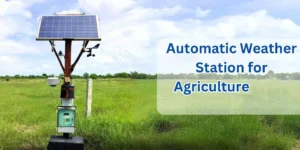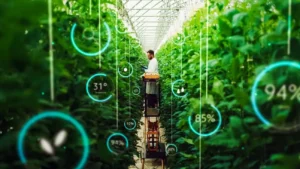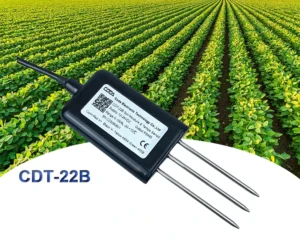How Does a Rain Gauge Accurately Measure Precipitation Levels?
Rain gauge are important tools for weather experts, water scientists, and people who love weather. They help measure rainfall correctly. These simple devices collect rainwater. They provide important data on rainfall over a certain time.
This exploration aims to explain how a rain gauge works. It measures rain accurately. This is important for watching and predicting the weather.
The Basics of a Rain Gauge
A rain gauge is a tool used to measure rain. This includes rain, snow, or sleet in a certain area and time. Its design often has a funnel that goes to a measuring tube.
This tube collects and stores rainwater for measurement. The standard rain gauge is often shaped like a cylinder or a cone. It has a scale to show how much rain has been collected.
Rain gauge measurements are usually shown in inches or millimeters. Each unit shows how much rain fell. When put in different places, these gauges give important information about rainfall patterns. This makes weather forecasts much more accurate.
How a Rain Gauge Operates
A rain gauge works in a simple way. Rainwater goes into the device through a funnel at the top. It then flows into the container or measuring tube below.
This container shows how much water is collected. It helps to accurately measure rainfall in the area.
The main goal is to measure the water level in the container correctly. A scale on the side of the container shows users how much rain has been collected. Regular maintenance, such as emptying and cleaning the device, is important for keeping measurement accuracy steady.
Different Types of Rain Gauges
Rain gauges come in different types. Each type has a unique design and works in its own way. The main types are standard cylindrical gauges, tipping bucket gauges, and weighing gauges for precipitation.
Standard cylindrical gauges are simple and cost-effective. They have a funnel that guides rain into a measuring tube. This tube shows how much water is collected.
Tipping bucket gauges have a system where water fills a small bucket. When the bucket is full, it tips over. This action starts a counter that tracks how much it rains.
Weighing precipitation gauges use advanced methods. They use load cells or weighing systems to measure how much rain they collect.
This measurement is then changed into rainfall depth. This gives us very accurate data. Each type has its own pros and cons based on how it will be used.
Factors Influencing Rain Gauge Accuracy
While rain gauges are reliable tools, their accuracy can be affected by several factors:
– Wind:
Strong winds can blow rain out of the funnel or container. This can lead to measurements that are too low. Place the rain gauge in a spot that is safe from the wind. This can help reduce the effect.
– Evaporation:
In sunny or hot weather, rainwater we collect can evaporate before we measure it. This can lead to wrong data. Checking the gauge often and emptying it quickly can help fix this problem.
– **Snow and Ice:**
In places with a lot of snow or ice, regular rain gauges can struggle to measure frozen precipitation. Special snow gauges or snow water equivalent sensors are better for changing snowfall into liquid water measurements.
– Blockages:
Insects, debris, or leaves can block the funnel or measuring tube. This stops proper water collection. Regular maintenance and removing possible blockages help keep things running well.
Rain gauges can give us accurate data. We need to face challenges and use best practices. These practices include putting things in the right place, cleaning them, and adjusting them. This makes them essential tools for understanding rainfall patterns and helping with accurate weather predictions.
Applications of Rain Gauges
Rain gauges are important in many places. These fields include weather study, water science, farming, and climate research. Their uses cover many areas, such as:
– Weather prediction:
Meteorologists use rain gauges to track rainfall trends. They study weather patterns and predict future rain. Accurate records from rain gauges improve the trustworthiness of weather forecasts and warnings.
– Hydrological studies:
Rain gauge measurements are important for those who study water. They help check water resources, river flows, and groundwater levels. This data plays a key role in understanding the water cycle and ensuring the effective management of water resources.
– Agriculture:
Farmers and experts use rain gauges to see how much it rains. This helps them know how much water crops need. By watching rainfall, they can make smart choices about planting, watering times, and managing crops.
– Climate studies:
Researchers look at rain gauge records to find patterns in rainfall, droughts, and climate changes. The data from these measurements is important for studying changes in weather patterns. It helps us see how they affect ecosystems and communities.
Rain gauges are important for collecting accurate and reliable rainfall data in many places. Knowing how they work and using them correctly helps improve weather monitoring and forecasting.
Conclusion
In summary, rain gauges are useful tools for measuring how much it rains. They are important for watching and predicting the weather.
Learning about how they work is important. There are different types and factors that affect their accuracy. They have many uses in various fields.
With proper care and good placement, rain gauges give accurate rainfall measurements. This helps us learn about weather patterns and how the climate works.
These tools are used by weather experts, water scientists, farmers, and climate researchers. They provide important data that helps with decision-making. This data also helps tackle changing environmental challenges effectively.
